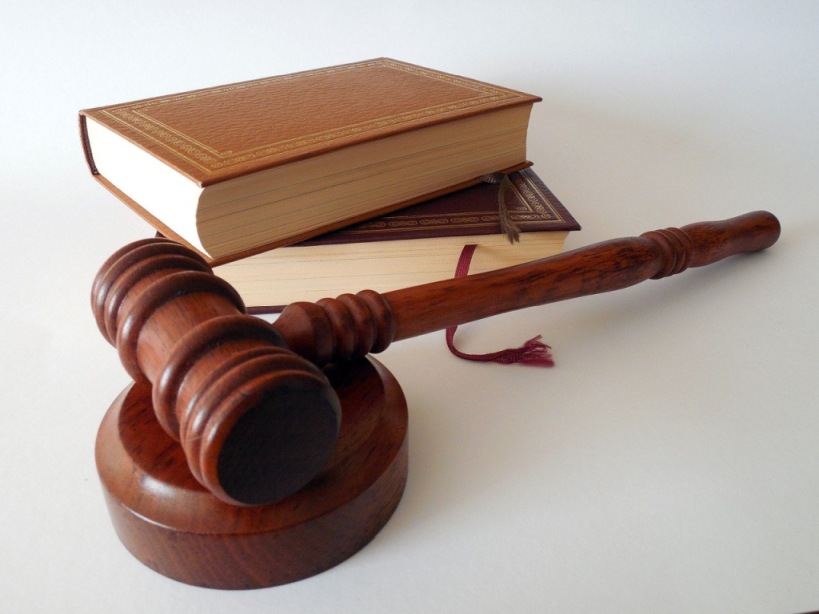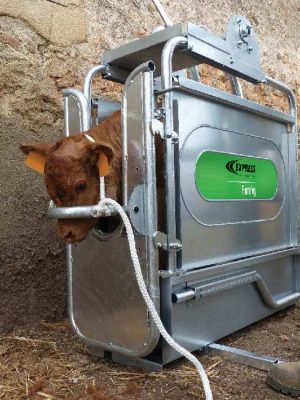
Dehorning cattle has advantages for both the animal and the farmer. It prevents injuries within the herd, during access to the feed fence in the stall, or during transport by truck. However, it is essential to carry out the dehorning of calves within specific time frames in order to avoid any suffering and to comply with regulations.
The ideal time to dehorn calves
Calves should not be dehorned during the first two weeks of life. The animal begins to familiarise itself with its environment and the operation would be too stressful at this time.
The following period, between 2 and 4 weeks, is ideal. The horn has not yet emerged, but the bud is there. You are sure that the developing horn is not yet fused to the skull bone, which makes the procedure faster and less traumatic. Thanks to an anesthetic, it is painless.
What the regulations say
Cattle dehorning is subject to several regulations and charters.
The Recommendations of the European Convention Committee of 21/10/1988
Article 17 of these recommendations implies that the removal of horns by cutting them off is prohibited, as no surgical operation should lead to the loss of a significant amount or modification of the bone structure of the cattle.
It is therefore imperative to dehorn the calf at a sufficiently young age.
The Charter of Good Farming Practices
This charter only makes recommendations, but they should soon lead to stricter legislation. It specifies that calves must be dehorned before they are six weeks old.
The dehorning of adult cattle requires dispensation and additional precautions: application of a tourniquet, use of hydraulic equipment, and administration of an anaesthetic and analgesic to prevent pain during and after the operation.
The Public Health Code and the Law on Veterinary Pharmacy
These two systems govern the delivery of anaesthetic products. A veterinarian should prescribe them to the breeder when possible. Some anaesthetics can indeed be administered by the breeder himself, but others must be used by the veterinarian.
Breeder’s qualifications
To be entitled to dehorn calves himself, the farmer must meet one of the following three conditions.
- Possess a training certificate to practice the acts listed in the order of 5 October 2011.
- Hold a diploma or an approved title of a level equal to or higher than the BEP agricultural [School leaving diploma in Agriculture] or agricultural BP or a title recognised by a Member State of the European Union.
- Proof of at least one year’s professional experience in the field of breeding.
The practice of dehorning cattle
The animal’s head must be held firmly in order to proceed with precision and to avoid any sudden movement of the animal. The support cage is perfectly adapted and allows you to work better and faster.
Clipping the top of the head helps to localize the horns, avoid burnt hair clusters and drastically reduce the risk of infection. Inject the anesthetic and wait the recommended time for it to take effect.
You then have two options for dehorning: chemical or thermal. Chemical dehorning is always painful, despite anaesthetics, because it takes time to work. In addition, the calf risks contaminating its mother, other animals, and even the farmer, by rubbing against them and causing burns.
Thermal dehorning is more radical and definitive. You heat your gas dehorner and apply it for a few seconds only. You then instantly cut the peripheral veins that feed the horn.
In any case, finish by applying an anti-inflammatory and an analgesic to avoid pain and infections.





